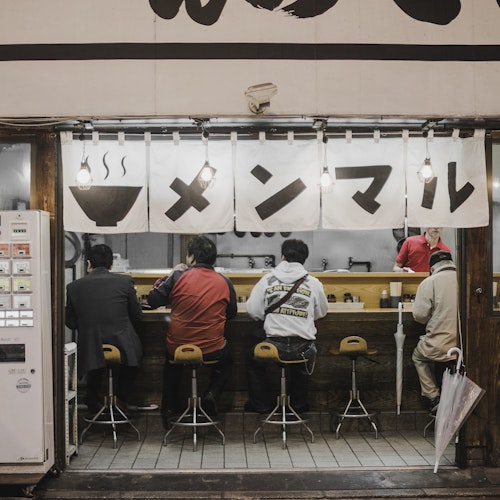Experience Japan Off the Beaten Path: 15 Hidden Gems & Secret Spots

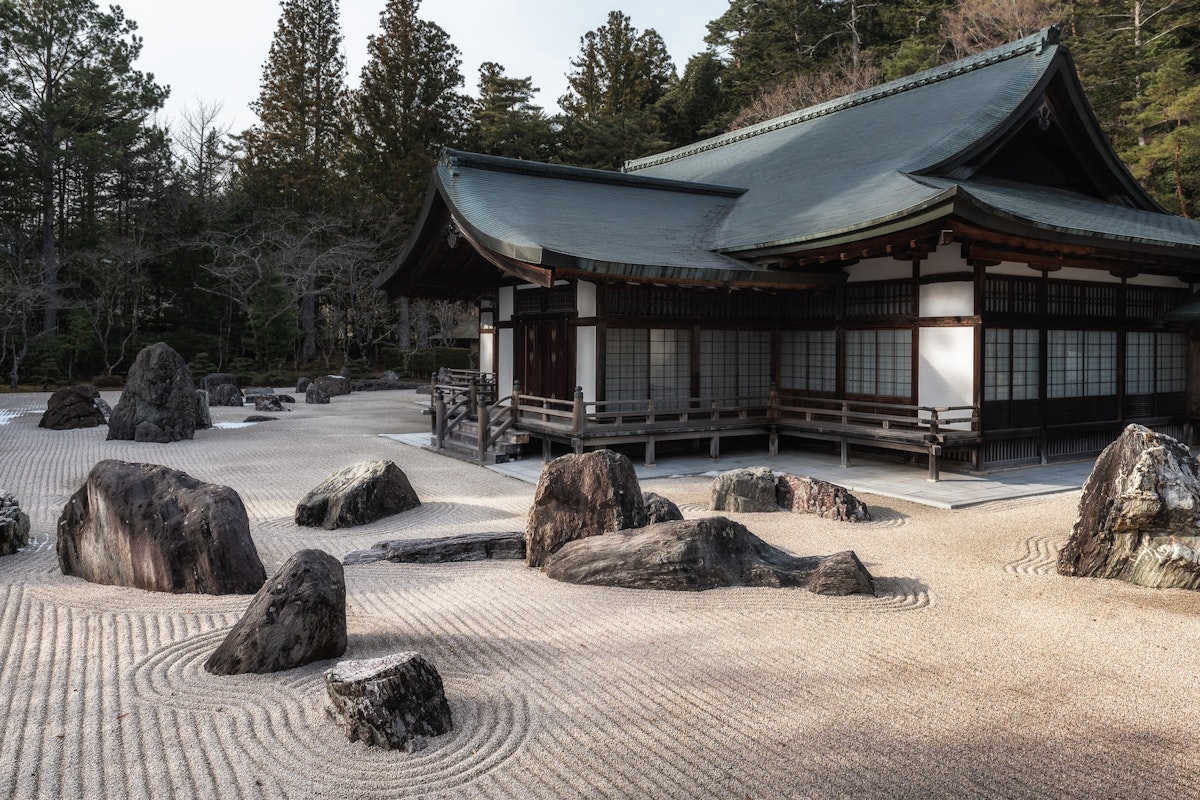
Japan is known for its bustling cities, rich traditions, and breathtaking natural landscapes. Famous spots like Tokyo, Kyoto, and Mount Fuji attract millions of visitors each year, but there are many unique and hidden places waiting to be discovered.
If you want to explore Japan off the beaten path, this guide will introduce you to 15 hidden gems and secret spots where you can experience the country in a whole new way.
Top 15 Must-Visit Hidden Gems in Japan
1. Ouchi-juku, Fukushima
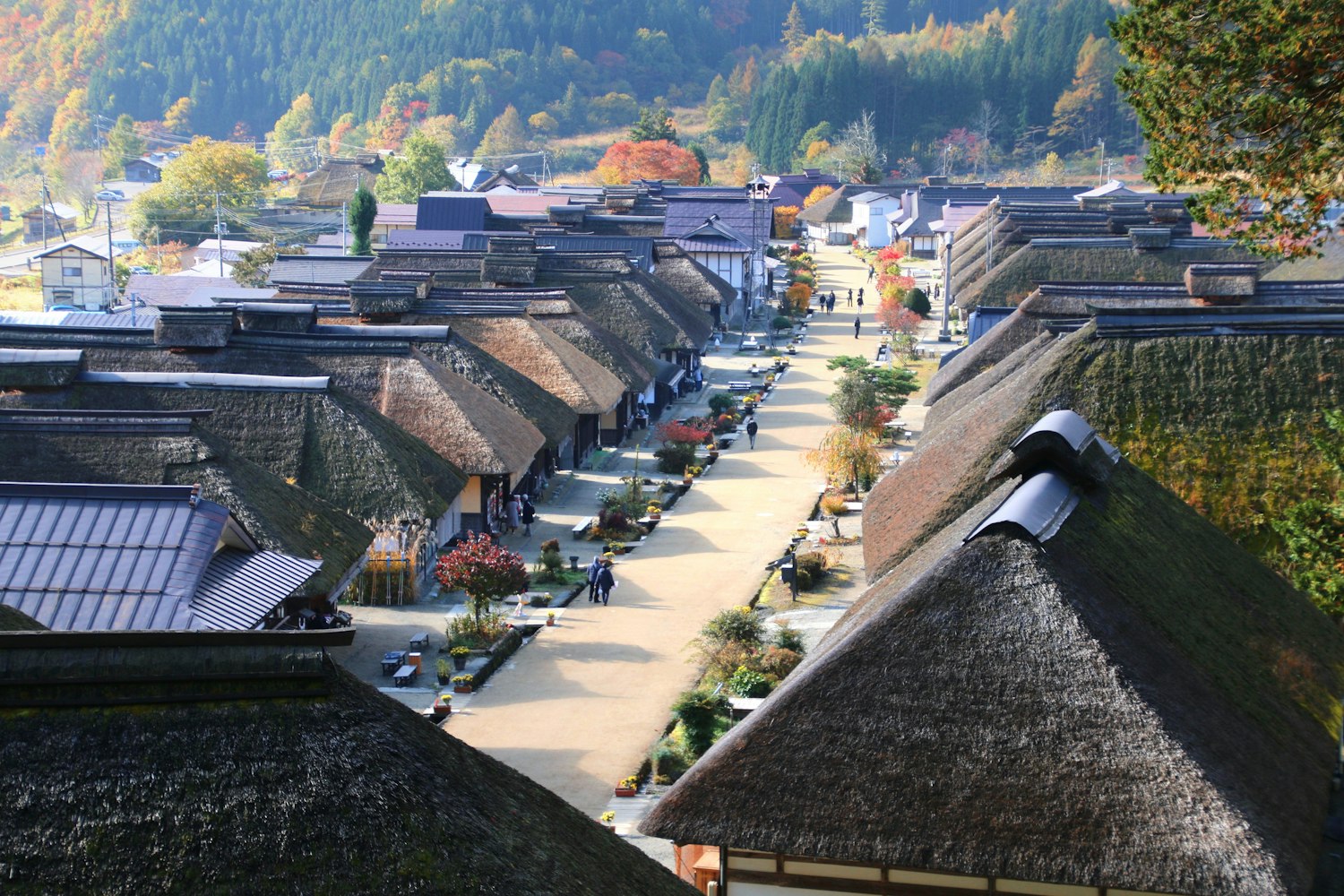
Visit Ouchi-juku, an old post town from Japan's Edo period, located in Fukushima Prefecture. This small town is famous for its traditional thatched-roof houses, which make you feel like you've stepped back in time.
The streets are quiet and peaceful, perfect for a relaxing walk. One of the most popular local dishes here is negi soba, which is buckwheat noodles served with a long green onion instead of chopsticks.
You can explore local shops selling handmade crafts and souvenirs and enjoy the scenic views of the surrounding mountains. Ouchi-juku offers a wonderful chance to experience traditional Japan and its historical charm in a calm and beautiful setting.
2. Tottori Sand Dunes, Tottori
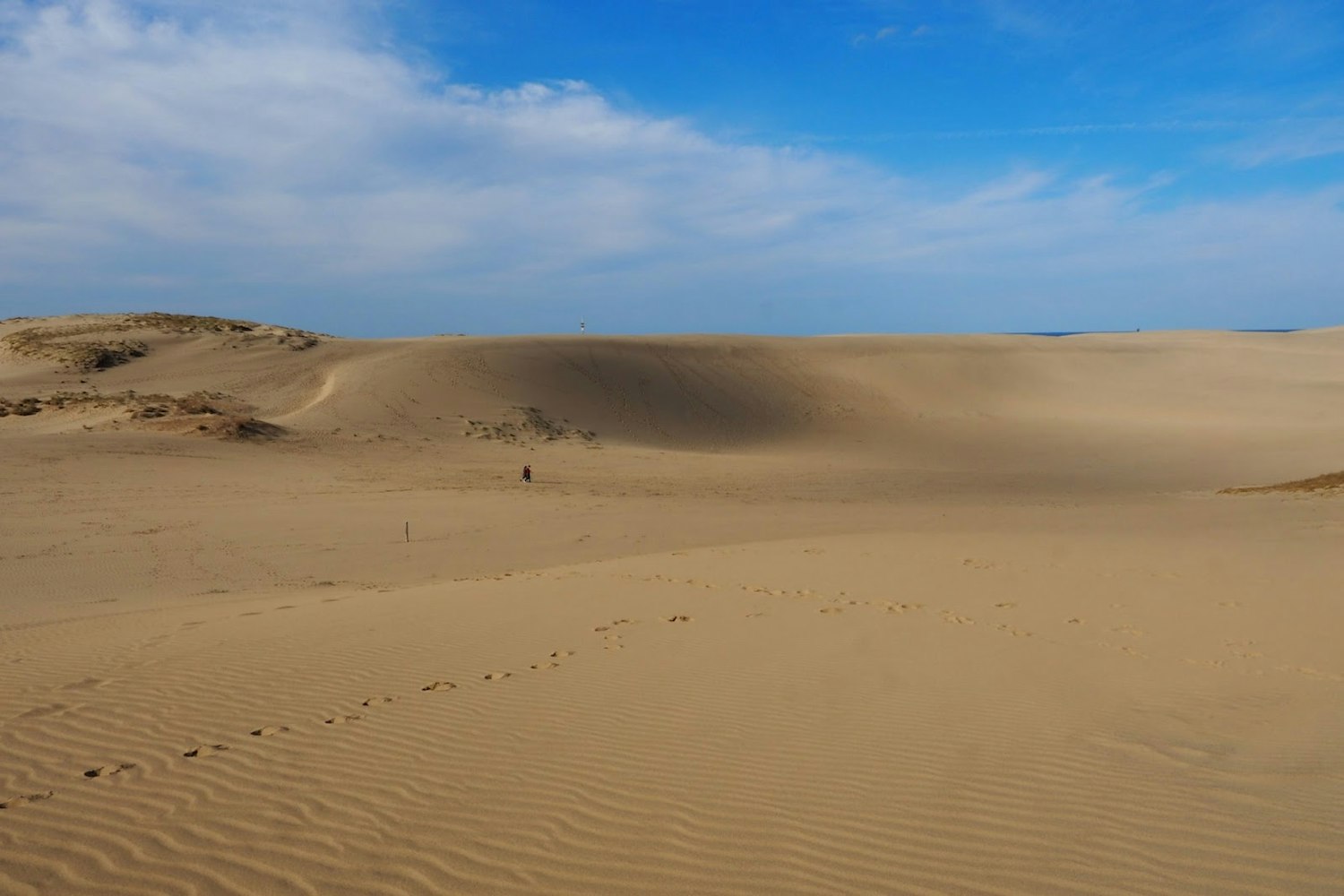
The Tottori Sand Dunes are a surprising sight in Japan, looking like a desert by the sea. These huge sand dunes stretch along the coast and create a unique landscape you won't find anywhere else in the country.
Visitors can enjoy fun activities such as riding camels across the sand, trying sandboarding down the slopes, or simply taking in the beautiful views of the ocean and rolling dunes.
Nearby, the Sand Museum displays amazing sand sculptures created by artists from around the world, showcasing detailed and creative works that change with different themes every year.
3. Gunkanjima (Battleship Island), Nagasaki

Gunkanjima, also known as Hashima Island, is a mysterious abandoned coal mining island in Nagasaki. The island once thrived with thousands of workers and their families, making it a busy and crowded place.
In the 1970s, when coal mining declined, the island was suddenly abandoned, leaving behind crumbling concrete buildings and empty streets. Today, visitors can take guided boat tours around the island and even step onto its eerie grounds to explore.
These tours provide interesting insights into the island's history, showing how people lived and worked in such a confined space. The island's ghostly appearance and its history of rapid growth and decline make it a fascinating place to visit for those interested in Japan's industrial past.
4. Kamikochi, Nagano

If you love nature, Kamikochi in the Japanese Alps is a must-visit. This beautiful mountain valley is known for its breathtaking scenery, including clear rivers, dense forests, and towering snow-capped peaks. The area offers well-maintained hiking trails that cater to both beginners and experienced hikers.
You can walk along the scenic Azusa River, cross the iconic Kappa Bridge, and enjoy stunning views of the surrounding mountains. Wildlife enthusiasts will love spotting Japanese macaques, wild birds, and even bears in their natural habitat.
Kamikochi is only open from April to November and offers various accommodations, including cozy lodges and camping spots. It’s perfect for anyone looking to escape city life and immerse themselves in Japan’s natural beauty.
5. Taketomi Island, Okinawa
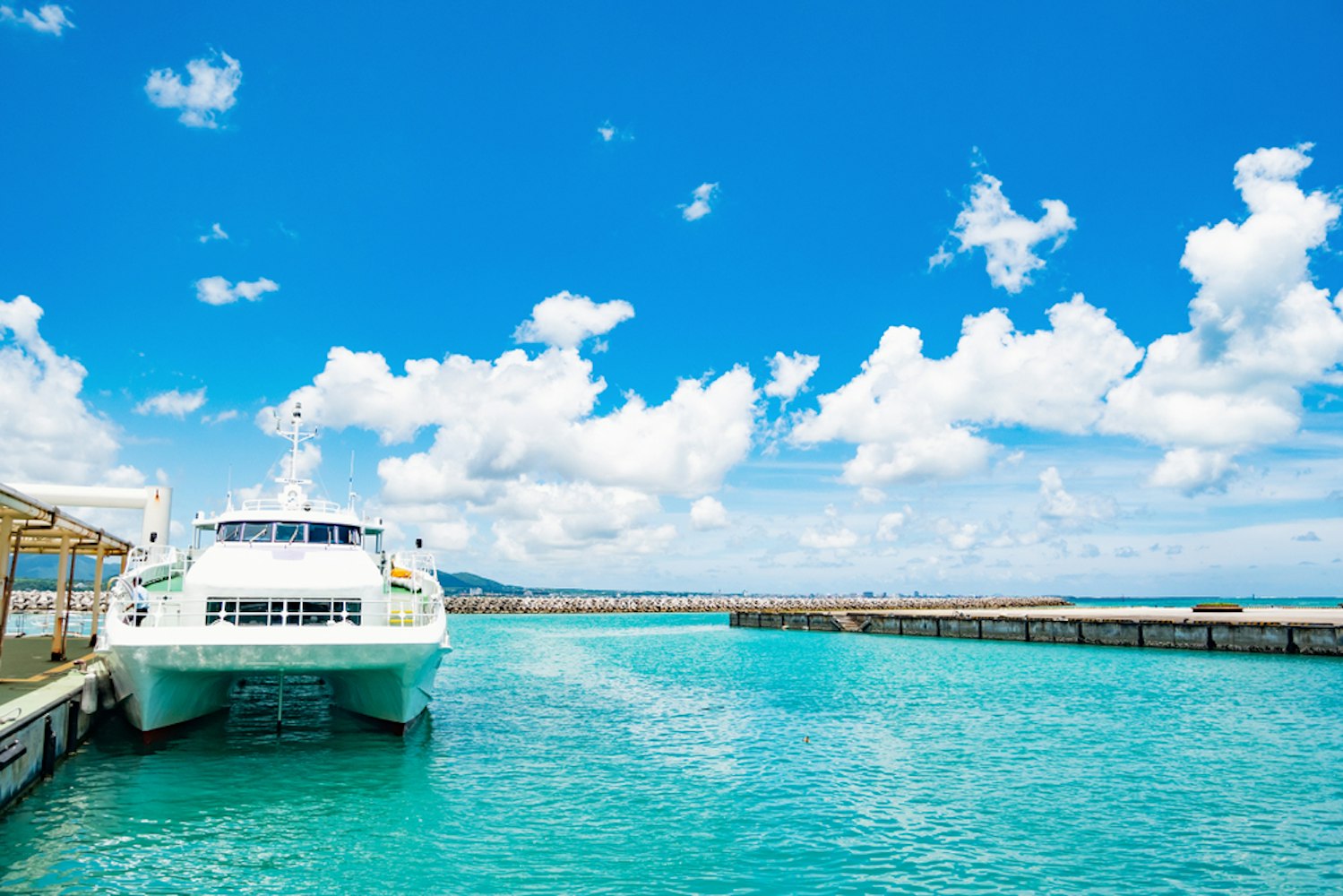
Taketomi Island is a small, peaceful island in Okinawa where you can experience the traditional Ryukyu culture. The island is famous for its well-preserved red-roofed houses with white coral walls and traditional gardens, which give it a charming old-world feel.
The roads on the island are covered with soft white sand, making it a great place for a relaxing walk or bicycle ride. One of the most unique experiences here is riding a water buffalo cart, a slow and enjoyable way to explore the village while listening to traditional Okinawan music played by the cart driver.
The island also has beautiful beaches with clear blue waters, perfect for swimming or just enjoying the scenery. With its slow pace of life and traditional charm, Taketomi Island is a perfect getaway from busy city life.
6. Iya Valley, Tokushima
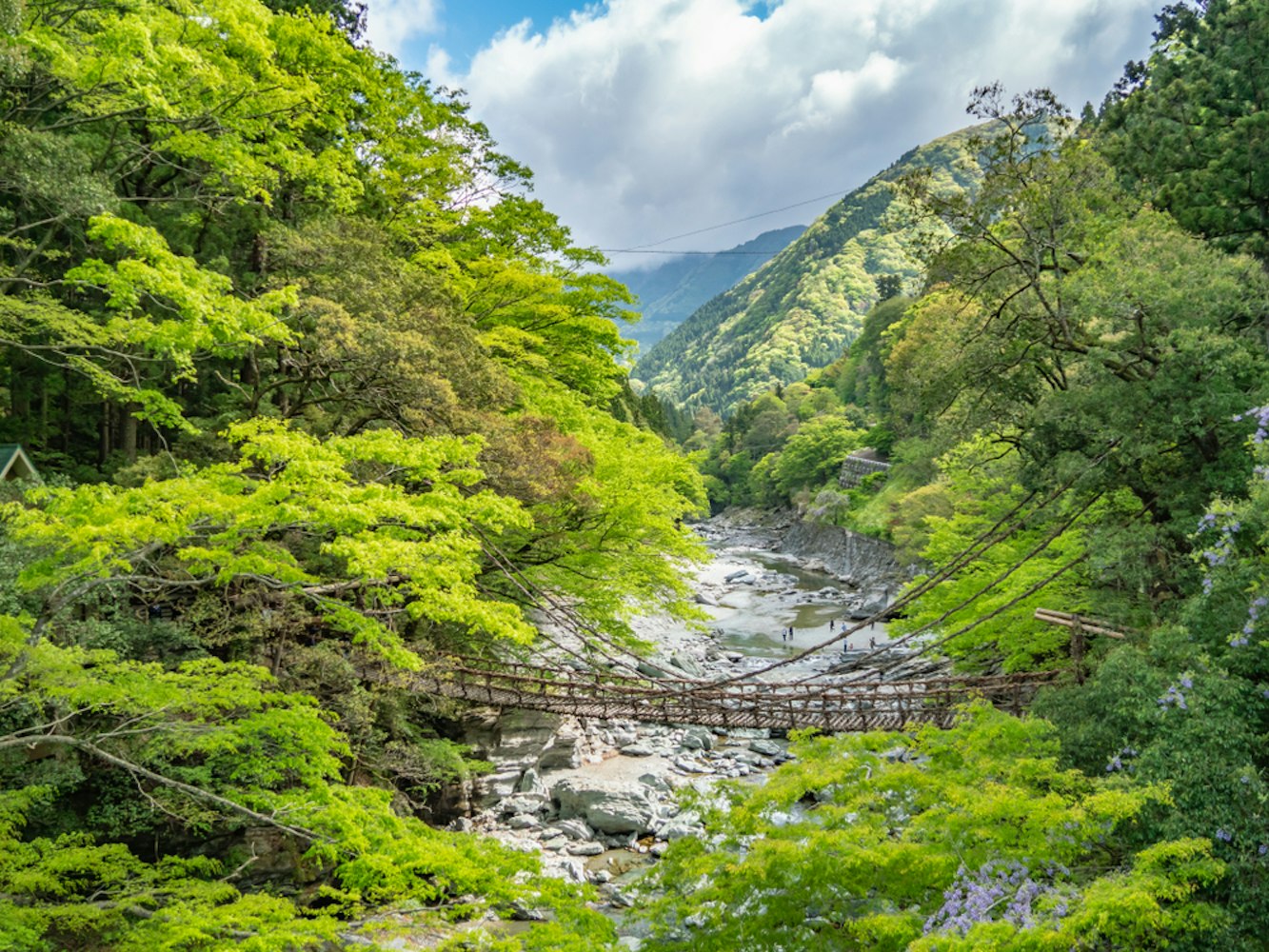
Iya Valley is a beautiful and remote area located in the mountains of Shikoku Island. It is famous for its steep, rocky gorges, deep green forests, and old villages that seem frozen in time.
One of the most popular attractions in the valley is the vine bridges, which were traditionally made by weaving vines together and used by local villagers to cross the rivers. Today, visitors can walk across these bridges and feel a sense of adventure while enjoying stunning views of the valley below.
The area also offers peaceful hiking trails that pass through lush forests and lead to scenic viewpoints. In addition, there are several relaxing hot springs where travelers can soak in warm mineral-rich waters while surrounded by nature.
7. Cape Kamui, Hokkaido
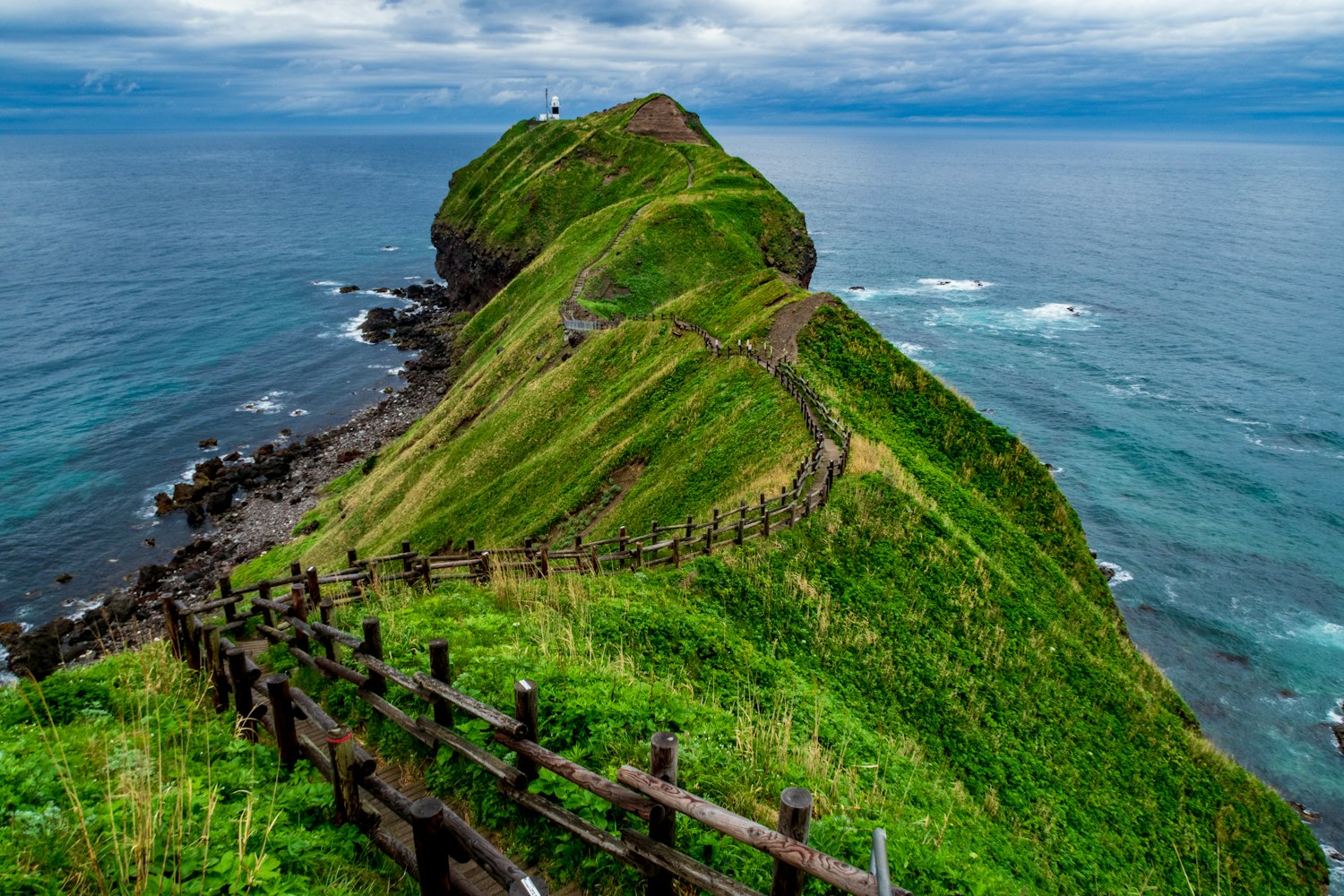
Cape Kamui, located on the Shakotan Peninsula in Hokkaido, is a stunning coastal destination known for its rugged cliffs, deep blue waters, and sweeping views of the Sea of Japan. The area's highlight is the scenic walking trail, which leads visitors along a narrow, winding path to a breathtaking viewpoint at the tip of the cape.
The trail is about 770 meters long and offers panoramic vistas of the ocean and surrounding cliffs, making it a favorite spot for photographers and nature lovers. Along the way, you'll find interpretive signs explaining the area's natural and cultural history, including the legend of a tragic love story associated with the cape.
8. Kanazawa's Higashi Chaya District, Ishikawa
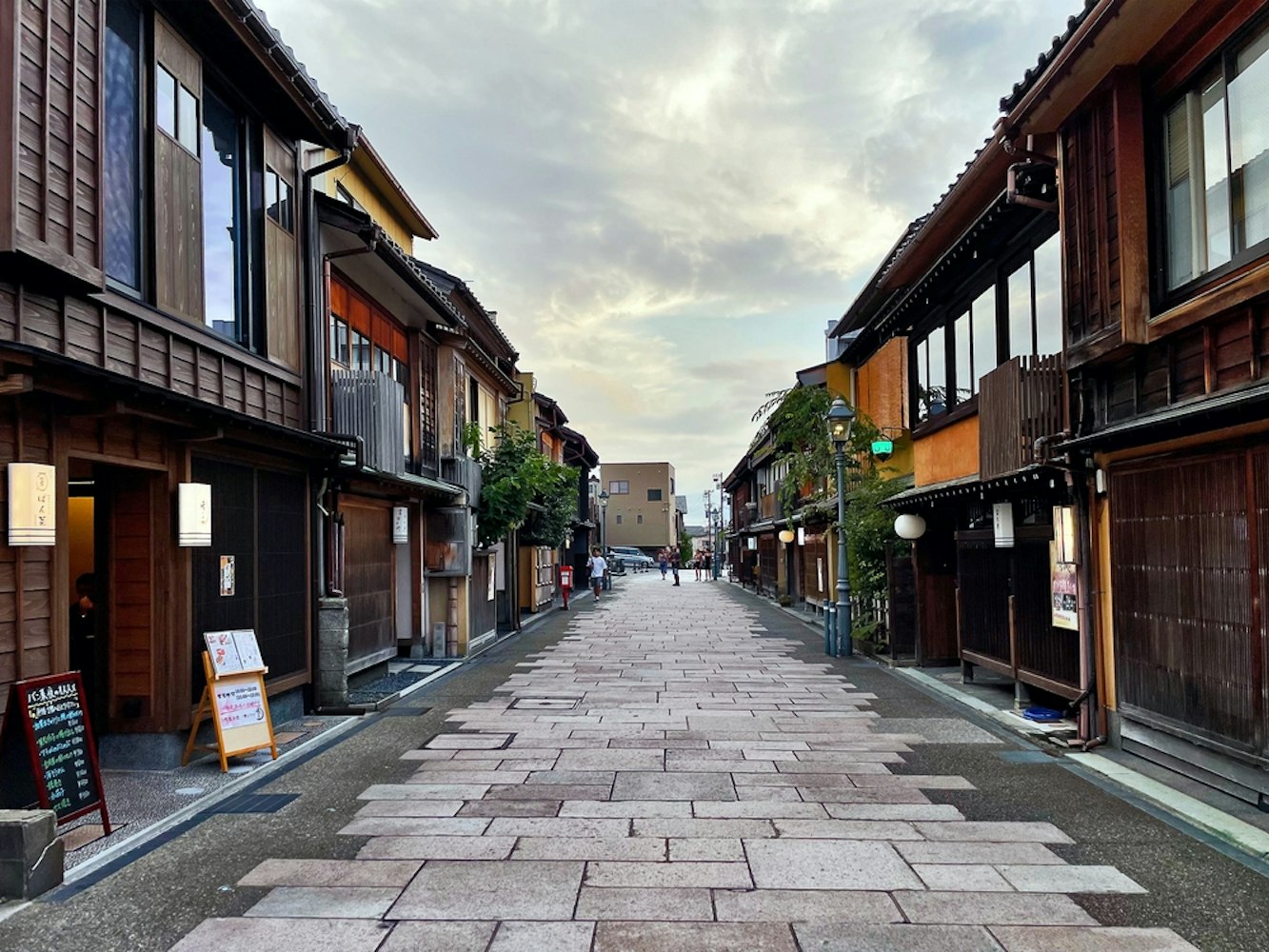
While Kyoto is famous for its geisha culture, Kanazawa's Higashi Chaya District offers a quieter and equally charming experience. This historic tea house district is filled with beautifully preserved wooden buildings, narrow cobblestone streets, and a peaceful atmosphere that takes you back in time.
The district is home to several traditional tea houses, where visitors can watch geisha performances, enjoy matcha tea, and learn about Japan's tea ceremony culture. Many of the buildings have been converted into artisan shops selling local crafts such as gold leaf products, ceramics, and handmade sweets.
As you stroll through the streets, you can also find small cafes and museums showcasing the history and lifestyle of the Edo period. Visiting the Higashi Chaya District is a wonderful way to experience authentic Japanese culture without the crowds found in larger cities.
9. Aogashima Island, Tokyo
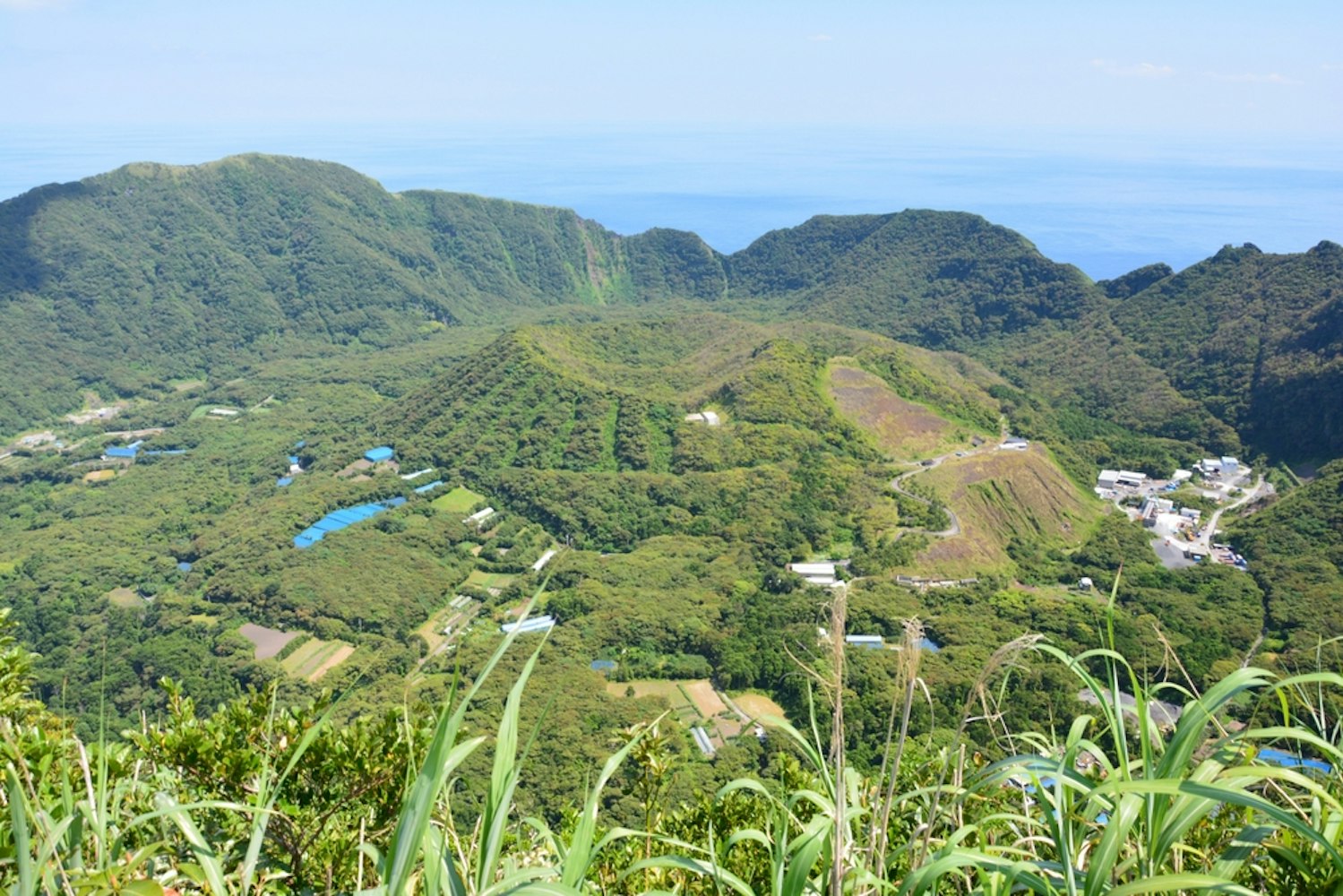
Aogashima is a remote volcanic island in the Pacific Ocean, about 350 kilometers south of Tokyo. Despite being part of Tokyo, the island feels like a completely different world. It is home to only a few hundred residents, who live in a small village within the inner crater of the volcano.
Aogashima is famous for its breathtaking natural scenery, featuring a double volcano crater surrounded by lush greenery and steep cliffs. The island has no public transportation, and the only way to get there is by helicopter or ferry, which adds to its off-the-grid charm.
Visitors can enjoy hiking trails leading to scenic viewpoints, relaxing in a geothermal sauna heated by volcanic steam, and experiencing the peaceful, slow-paced island life.
10. Shirakawa-go, Gifu
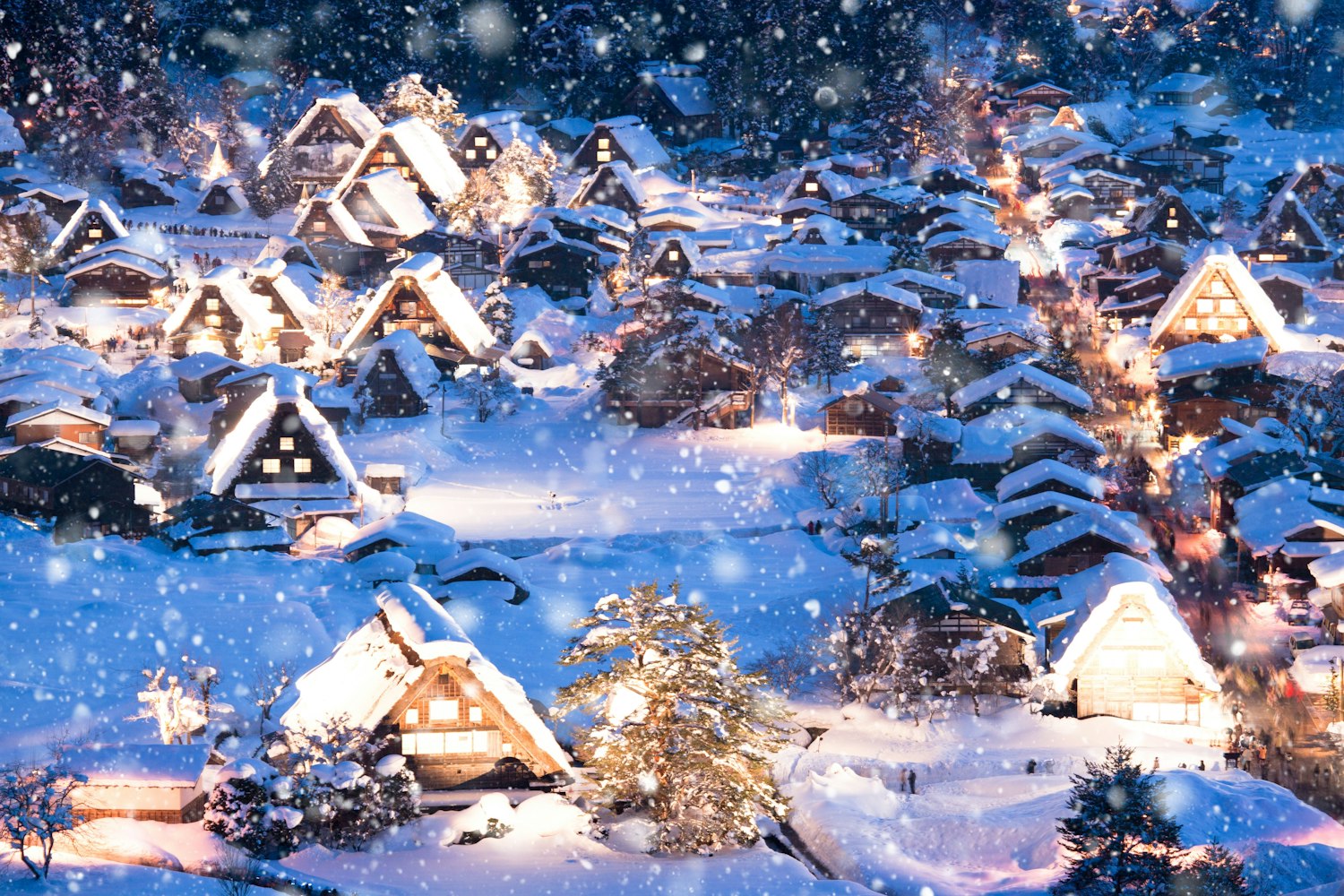
Shirakawa-go is a beautiful village located in the mountains of Gifu Prefecture. It is famous for its unique gassho-zukuri farmhouses, which have steep thatched roofs designed to withstand heavy snowfall in the winter.
The name "gassho-zukuri" means "praying hands" because the steep roofs resemble hands joined in prayer. The village is a UNESCO World Heritage Site and provides visitors with a chance to experience traditional Japanese rural life.
You can explore the farmhouses, some of which are open as museums to showcase how people lived in the past. In the winter, the entire village is covered in snow, creating a magical and fairytale-like atmosphere with beautifully illuminated houses during special events.
Shirakawa-go is also lovely to visit in other seasons, with cherry blossoms in spring, lush greenery in summer, and colorful leaves in autumn. The village offers local crafts, delicious food like Hida beef and gohei mochi (grilled rice cakes), and warm hospitality that makes it a memorable destination.
11. Nachi Falls, Wakayama
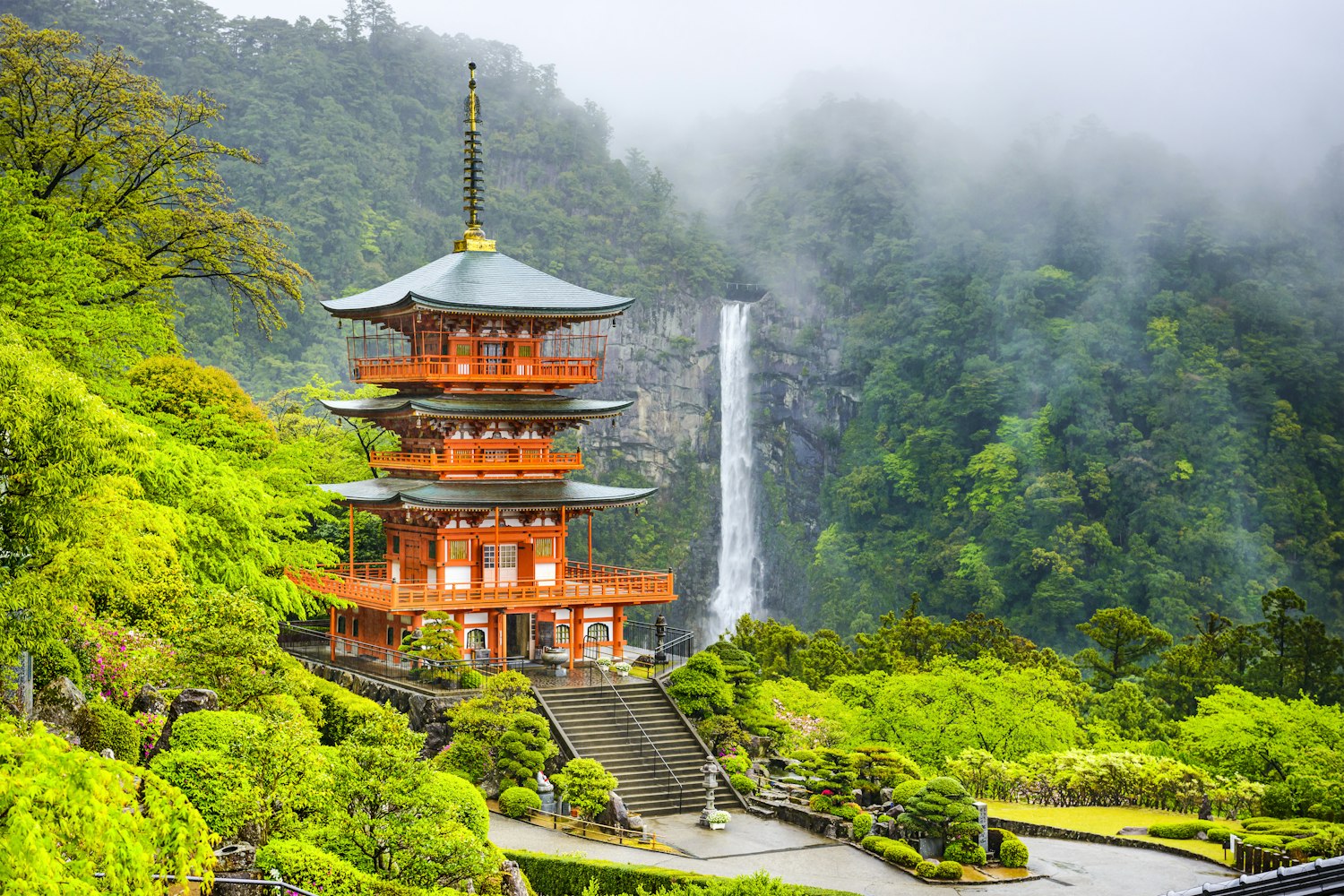
Nachi Falls is one of Japan's tallest and most beautiful waterfalls, standing at 133 meters high. It is located in Wakayama Prefecture, near the famous Seiganto-ji Temple, which adds to the area's spiritual atmosphere.
The waterfall is part of the sacred Kumano Kodo pilgrimage route, a UNESCO World Heritage site that has been walked by pilgrims for centuries. Visitors can admire the breathtaking view of the waterfall from an observation platform, where they can see the water cascading down into the basin below.
The area is surrounded by lush greenery, which creates a peaceful and relaxing environment. Nachi Falls is especially beautiful in autumn when the leaves turn vibrant shades of red and orange, and during early morning when mist rises from the water, adding to the mystical feel of the place.
12. Kurokawa Onsen, Kumamoto
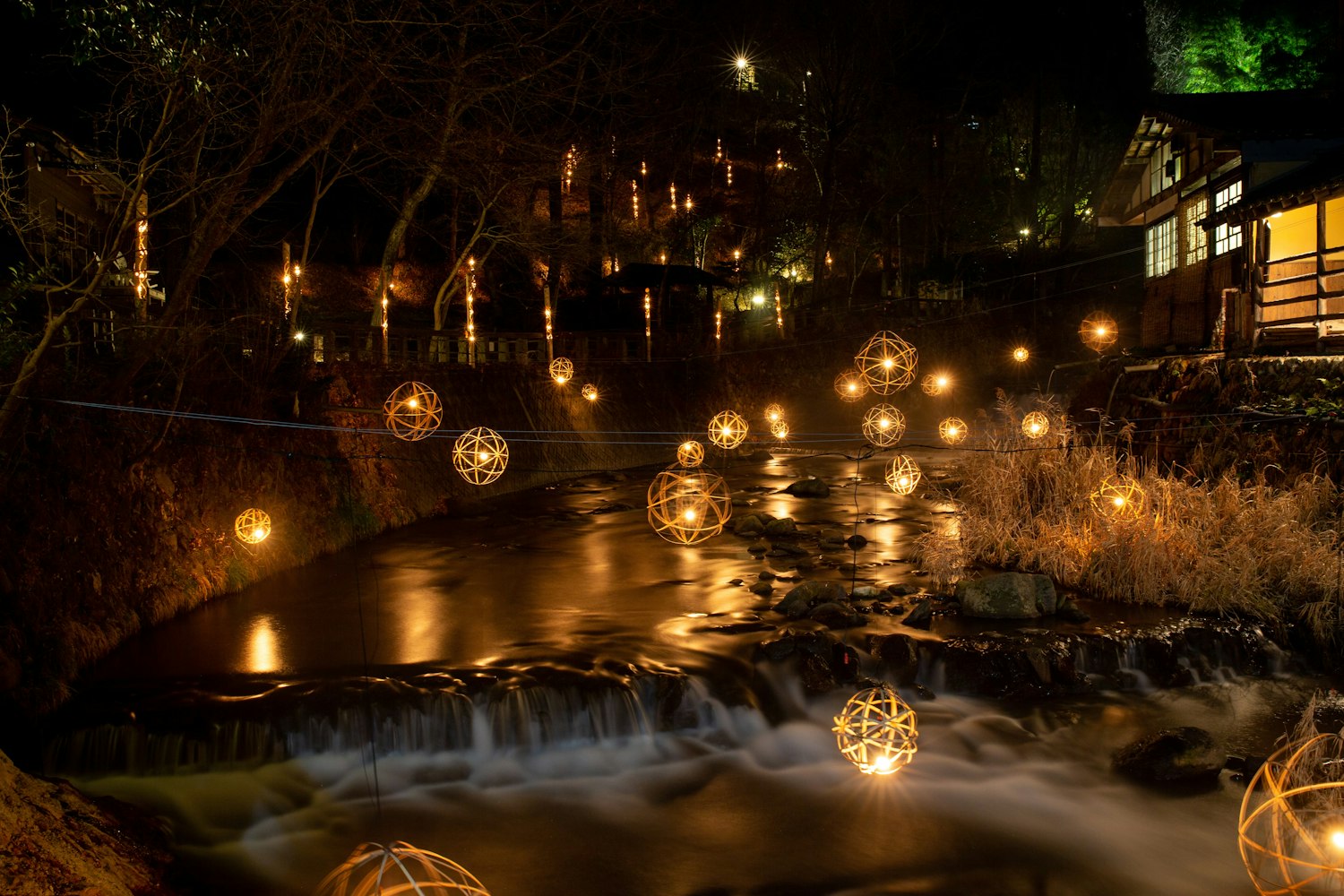
If you're looking for a peaceful and traditional hot spring experience without large crowds, Kurokawa Onsen is the perfect destination. Located in the mountains of Kyushu, this charming hot spring town is famous for its rustic and atmospheric ryokan (traditional inns), which provide warm hospitality and a cozy stay.
The town is surrounded by lush forests and flowing rivers, creating a natural and relaxing environment. One of the unique features of Kurokawa Onsen is the variety of open-air baths, known as "rotenburo," which are located outdoors and allow you to soak while enjoying the beautiful scenery.
Visitors can purchase an "onsen-hopping" pass, which lets them try multiple baths at different ryokan. The town itself has quaint streets lined with traditional shops selling local crafts, sweets, and snacks.
13. Amanohashidate, Kyoto Prefecture
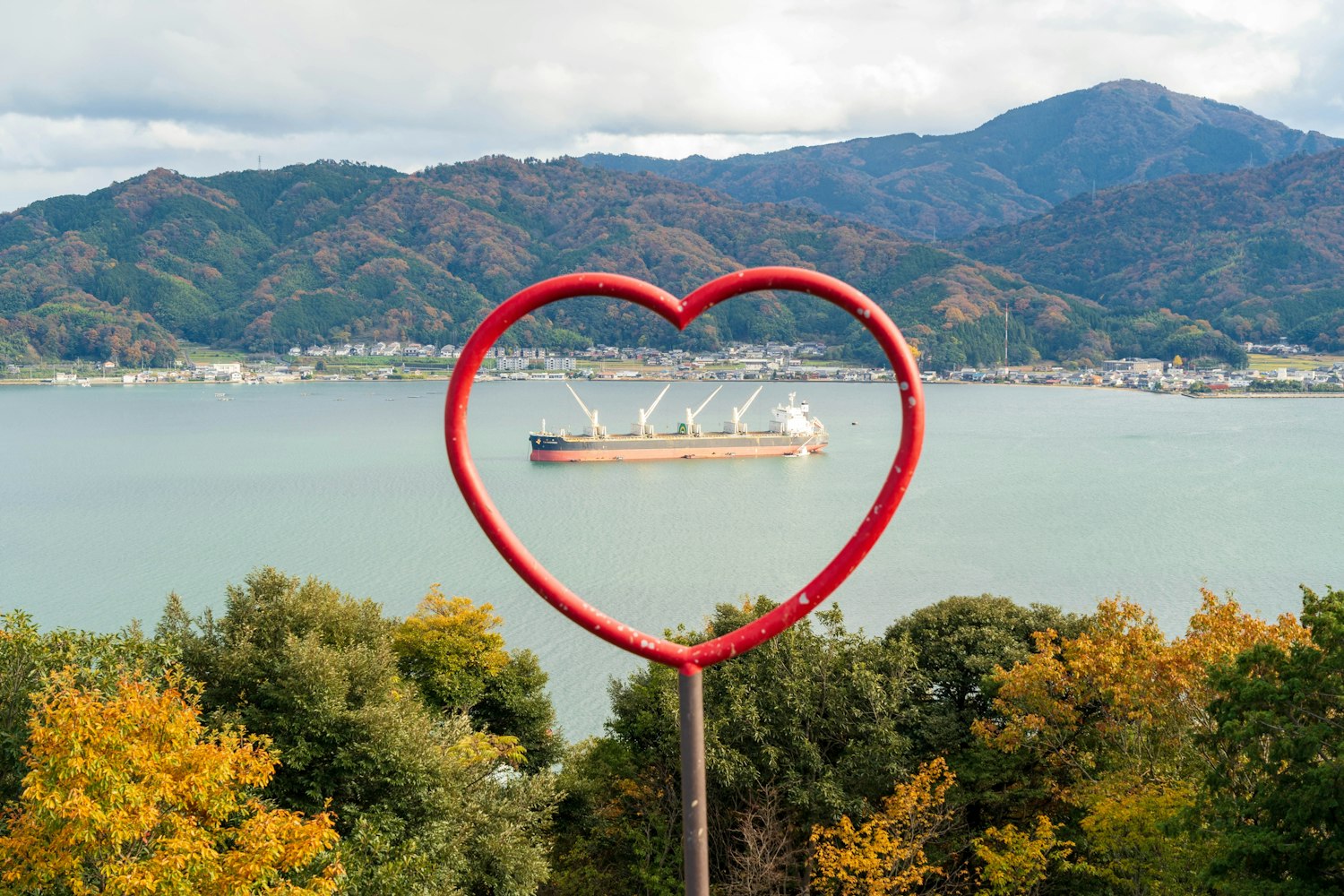
Often called "Japan's Bridge to Heaven," Amanohashidate is a stunning natural sandbar covered with thousands of lush green pine trees. It stretches across Miyazu Bay and is considered one of Japan's "Three Scenic Views."
The sandbar is about 3.6 kilometers long and can be explored by walking, cycling, or even taking a boat ride around the bay for a different perspective. For the best views, visitors can head to the Amanohashidate View Land or Kasamatsu Park, where they can try the unique tradition of bending over and looking at the sandbar upside down through their legs, making it appear like a floating bridge to the heavens.
The area is also home to beautiful shrines, such as Chion-ji Temple, which houses a famous wooden statue of Monju, the Buddhist god of wisdom. Visitors can also enjoy local delicacies, such as freshly caught seafood and Amanohashidate's special "chikuwa" fish cakes.
14. Tsumago-juku, Nagano

Tsumago-juku is one of the best-preserved post towns from the Edo period, located along the historic Nakasendo Trail in Nagano Prefecture. This charming town allows visitors to step back in time and experience life as it was centuries ago.
The cobblestone streets are lined with beautifully restored wooden buildings, traditional shops, and ryokan (Japanese inns) where travelers can stay overnight and enjoy local hospitality. Visitors can explore historical sites such as the Honjin, which was once a lodging place for samurai and officials, and the Waki-honjin, which now serves as a museum showcasing artifacts from the Edo period.
The town is also known for its local cuisine, including gohei mochi, a grilled rice cake coated in miso sauce. Walking through Tsumago-juku in the early morning or evening, when the streets are quiet and lanterns light the way, offers an unforgettable and peaceful experience of old Japan.
15. Gero Onsen, Gifu

Gero Onsen is considered one of Japan's top three hot spring resorts, known for its high-quality, mineral-rich waters that are said to have healing properties for the skin and body. The town, located in Gifu Prefecture, has a long history dating back over 1,000 years and is famous for its traditional ryokan (Japanese inns) that provide an authentic onsen experience.
Visitors can enjoy a variety of bath options, including public bathhouses, foot baths scattered throughout the town, and luxurious open-air baths with stunning views of the surrounding mountains.
The town itself has a charming and welcoming atmosphere, with streets lined with local shops selling souvenirs, delicious treats like onsen manju (steamed buns), and relaxing cafes. The annual Gero Onsen Festival, held in summer, features colorful parades and fireworks, adding to the town's lively charm.
Tips for Exploring Japan Off-the-Beaten-Path
Travel Off-Peak: Visit these spots during weekdays or off-seasons to avoid crowds and enjoy a more tranquil experience.
Learn Basic Japanese Phrases: Knowing a few phrases can help you interact with locals and enhance your travel experience.
Use Public Transport: Japan's train and bus network can take you to many remote areas with a bit of planning.
Try Local Cuisine: Many hidden spots offer unique regional dishes that you won't find in bigger cities.
Ready to Explore Japan's Hidden Gems?
Japan offers a wealth of lesser-known destinations that provide a deeper look into its rich culture and stunning landscapes. From peaceful villages and scenic nature spots to historical landmarks, these hidden gems allow travelers to experience Japan beyond the usual tourist attractions.
Exploring these unique places not only brings a sense of adventure but also offers an authentic connection to the country’s traditions and heritage.



